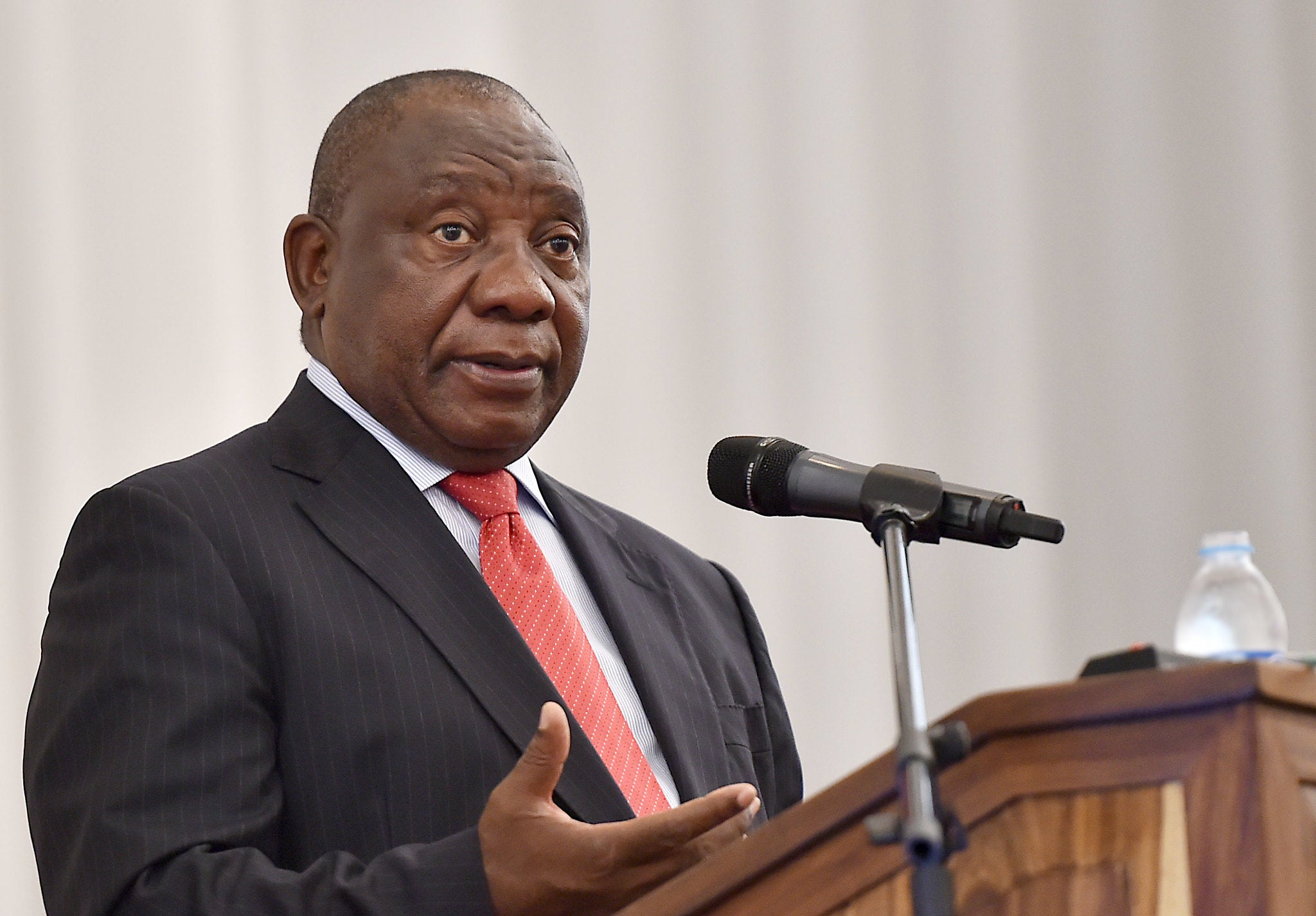
Weeks of increasingly frequent blackouts in South Africa have caused the country’s government and power industry to change how energy works in the country.
South Africa has experienced blackouts for years due to generation capacity additions lagging behind growth in demand. In the last few months, these have intensified to new, record levels. Politicians and business leaders have addressed the “electricity crisis”, and made moves to break the monopoly of state-owned utility Eskom.
What changes has South Africa’s Government made?
In July, South African President Cyril Ramaphosa announced changes in regulation to encourage development and growth of power plants. The new regulations will allow construction of power plants of any size without requiring licensing. Previously, projects generating more than 100MW required licensing, while those generating 100MW or less were only allowed to connect to the grid from 2021.
Ramaphosa also announced a doubling of the capacity sought in the country’s next supply tender, as well as seeking tenders for new battery storage and natural gas plants.
Several proposed reforms directly deal with South Africa’s state-owned utility, Eskom. The company has a near-monopoly over South African electricity, owning more than 90% of generation capacity. It also makes consistent losses and has lost millions to alleged government looting and corruption. The company currently has debts of approximately ZAR396bn ($24bn).
As a result, Eskom attributed recent cuts in maintenance to lack of funds. This in turn resulted in increased downtime for several power plants, worsening the power shortages.
In a speech on 26 July, Ramaphosa attributed some of this downtime to the delays and flaws in construction of new power plants. He said “these challenges are being addressed,” continuing: “As a result of this, Eskom deferred essential maintenance to keep the lights on, which is causing breakdowns and failures now. The performance of some of Eskom’s power stations has been further worsened by extensive theft, fraud, and sabotage.
“After years of state capture and mismanagement, a capable and effective management team is working hard to turn the utility around and reverse years of decay.”
The reforms included an increase to Eskom’s maintenance budget, and an increase in recruitment of skilled workers. This recruitment drive will also hope to increase security around energy infrastructure, minimising the significant impact of crime on the sector.
Breaking Eskom’s monopoly
Over the coming years, power plants generating approximately 20% of the country’s electricity will reach the end of their working life, worsening the supply problem.
Going forward, Eskom will be allowed to purchase capacity from private suppliers in order to meet shortfalls. This will include importing power to South Africa from neighbouring countries.
Eskom will also develop new renewable projects in the province of Mpumalanga, while the premier of Western Cape says he will seek to advance projects there as well. Alongside this, climate financing agreed at COP26 will be used to convert coal-fired power plants to biomass burning.
On 31 July, Eskom leaders met with the CEOs of more than 70 private companies at a session organised by the Johannesburg Stock Exchange. Eskom Group chief executive André de Ruyter said: “The purpose of the discussions was to identify initiatives where the parties can collaborate and […] leverage private sector investment capacity.”
A company statement said that de Ruyter “shared Eskom’s strategy to address the security of power supply through increasing capacity and reducing demand”. Eskom encouraged businesses to invest in the electricity market following the reforms, aiming to highlight where private companies can “make a practical and impactful contribution” to the power crisis. These include supporting anti-vandalism and anti-theft measures, as well as investing in new power producers.




